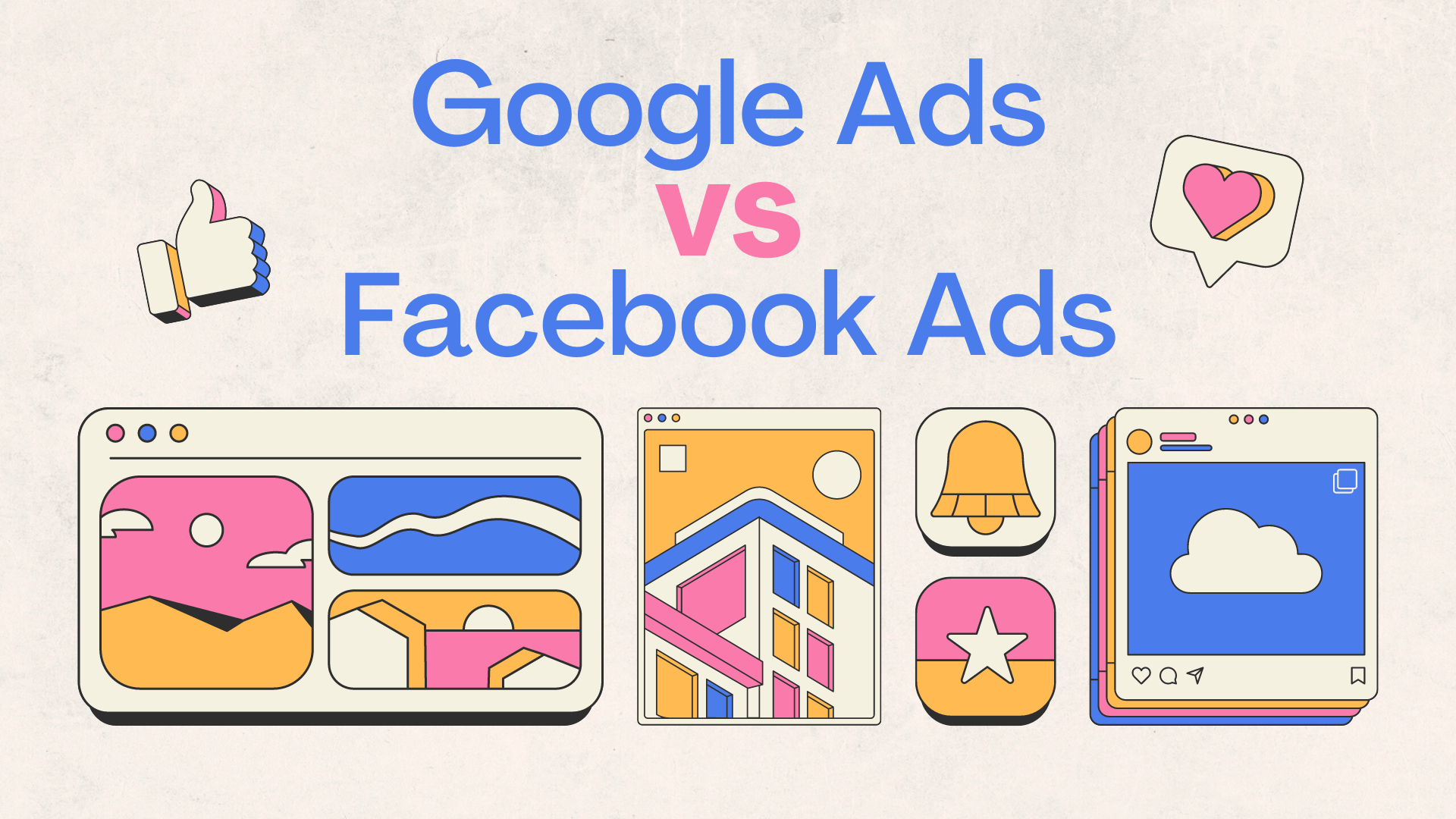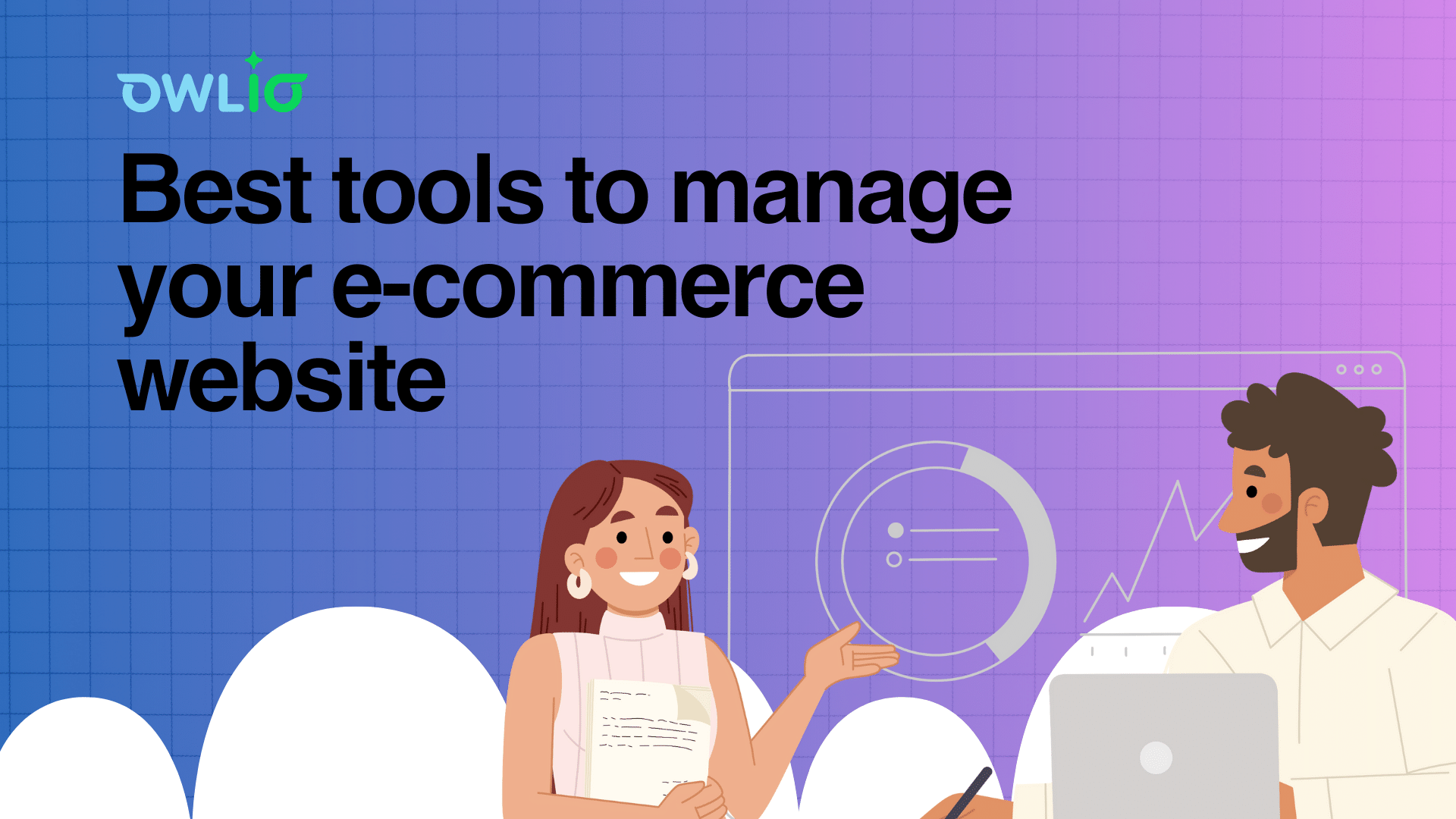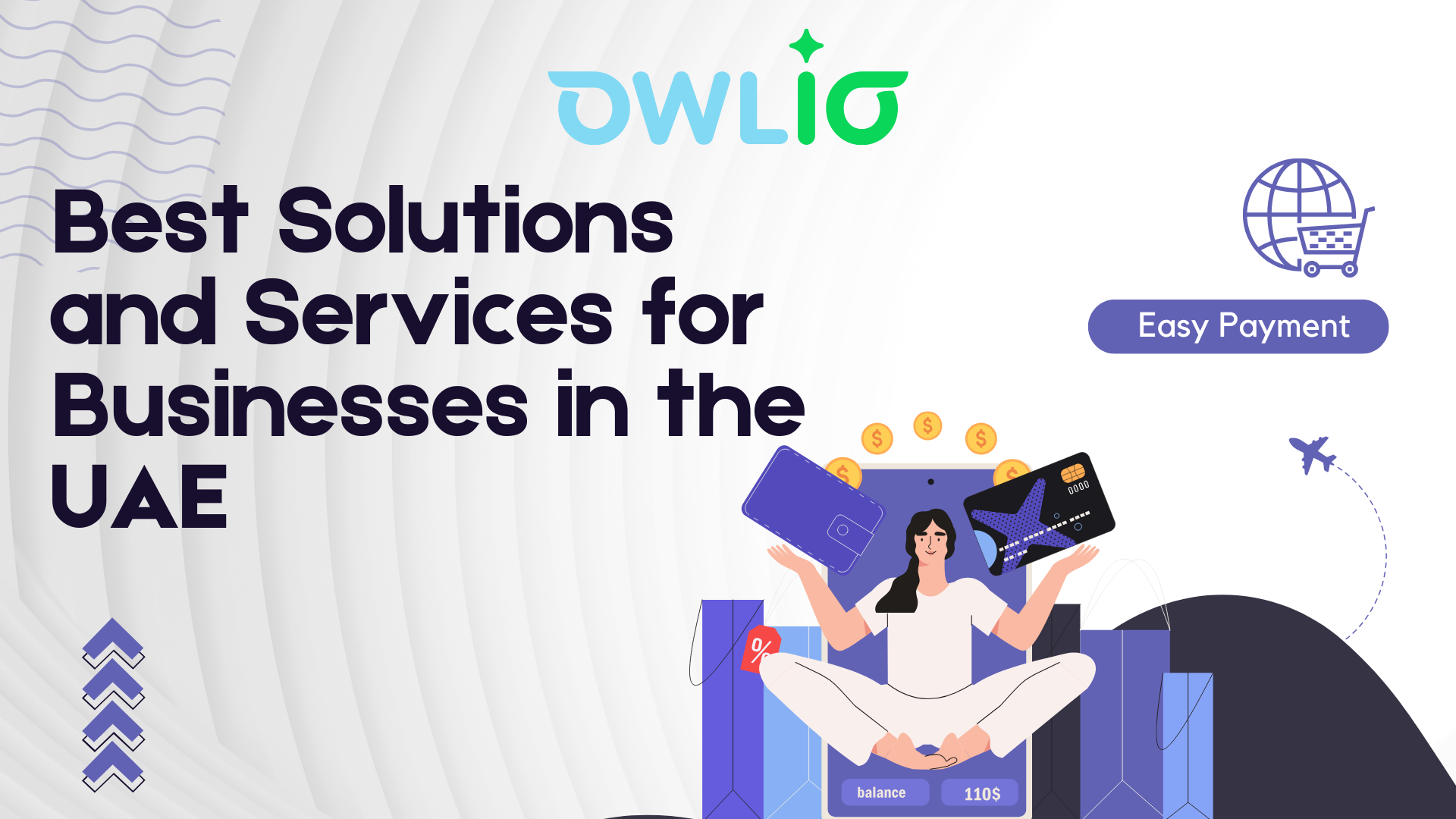The differences between Google Ads vs. Facebook Ads

In the fast-paced world of digital marketing, businesses are constantly striving to connect with their target audience in the most effective way possible. Two heavyweights in the online advertising arena, Google Ads and Facebook Ads, have emerged as the go-to platforms for marketers. In this blog post, we'll dive into the key differences between these two giants and help you make an informed decision for your advertising strategy.
-
Audience Targeting:
-
Google Ads: Precision in Intent Google Ads primarily focuses on intent-based targeting. Advertisers can leverage keywords to reach users actively searching for products or services. This makes Google Ads an ideal choice for capturing high-intent leads.
-
Facebook Ads: Personalizing the Experience Facebook Ads excel in demographic and interest-based targeting. Marketers can fine-tune their audience based on factors like age, location, interests, and behavior. This platform is perfect for creating brand awareness and reaching a broader audience.
-
-
Ad Formats:
-
Google Ads: Search vs. Display Google Ads offers a variety of ad formats, with the most prominent being search ads and display ads. Search ads appear on Google's search engine results pages (SERPs), while display ads are showcased across the Google Display Network, reaching a vast audience on websites, blogs, and apps.
-
Facebook Ads: Visual Storytelling Facebook Ads prioritize visually engaging content. From image ads and carousel ads to video ads, the platform encourages creative storytelling. The visually appealing nature of Facebook Ads makes them effective for brand building.
-
-
Cost Structure:
-
Google Ads: Pay-Per-Click (PPC) Google Ads operates on a PPC model, where advertisers pay only when someone clicks on their ad. This ensures that you're paying for actual engagement with your content, making it a cost-effective option for many businesses.
-
Facebook Ads: Cost-Per-Thousand Impressions (CPM) or Cost-Per-Click (CPC) Facebook Ads offer flexibility in pricing, allowing advertisers to choose between CPM and CPC. This flexibility accommodates various budget constraints and campaign goals.
-
-
Placement and Context:
-
Google Ads: Search Intent Google Ads appear in response to user queries, aligning with their search intent. This context-driven placement ensures that your ad is shown to users actively seeking information or solutions.
-
Facebook Ads: Social Context Facebook Ads are seamlessly integrated into the social context of the platform. Users encounter these ads while scrolling through their news feed, creating a more organic and social experience.
-
Choosing between Google Ads and Facebook Ads ultimately depends on your business goals, target audience, and advertising objectives. By understanding the nuances of each platform, you can tailor your digital marketing strategy to maximize results. Whether you prioritize intent-based searches on Google or aim for visually captivating storytelling on Facebook, both platforms offer unique advantages to elevate your online presence.
















Send Us A Message